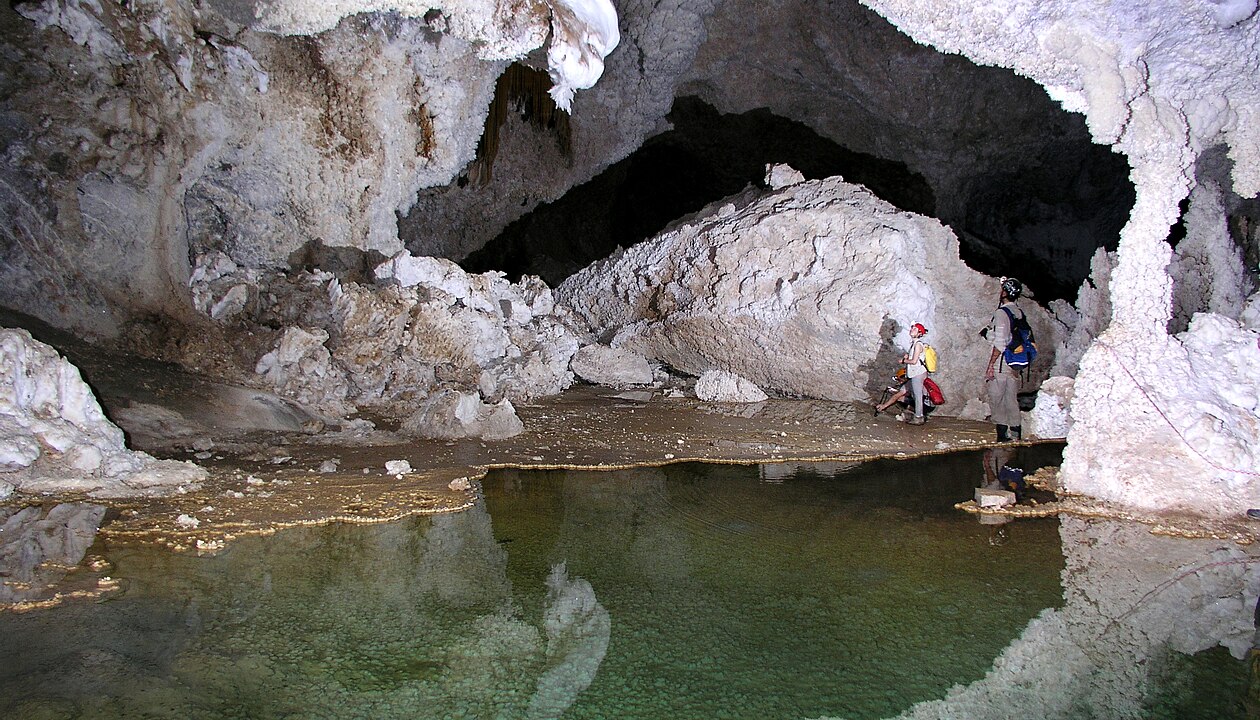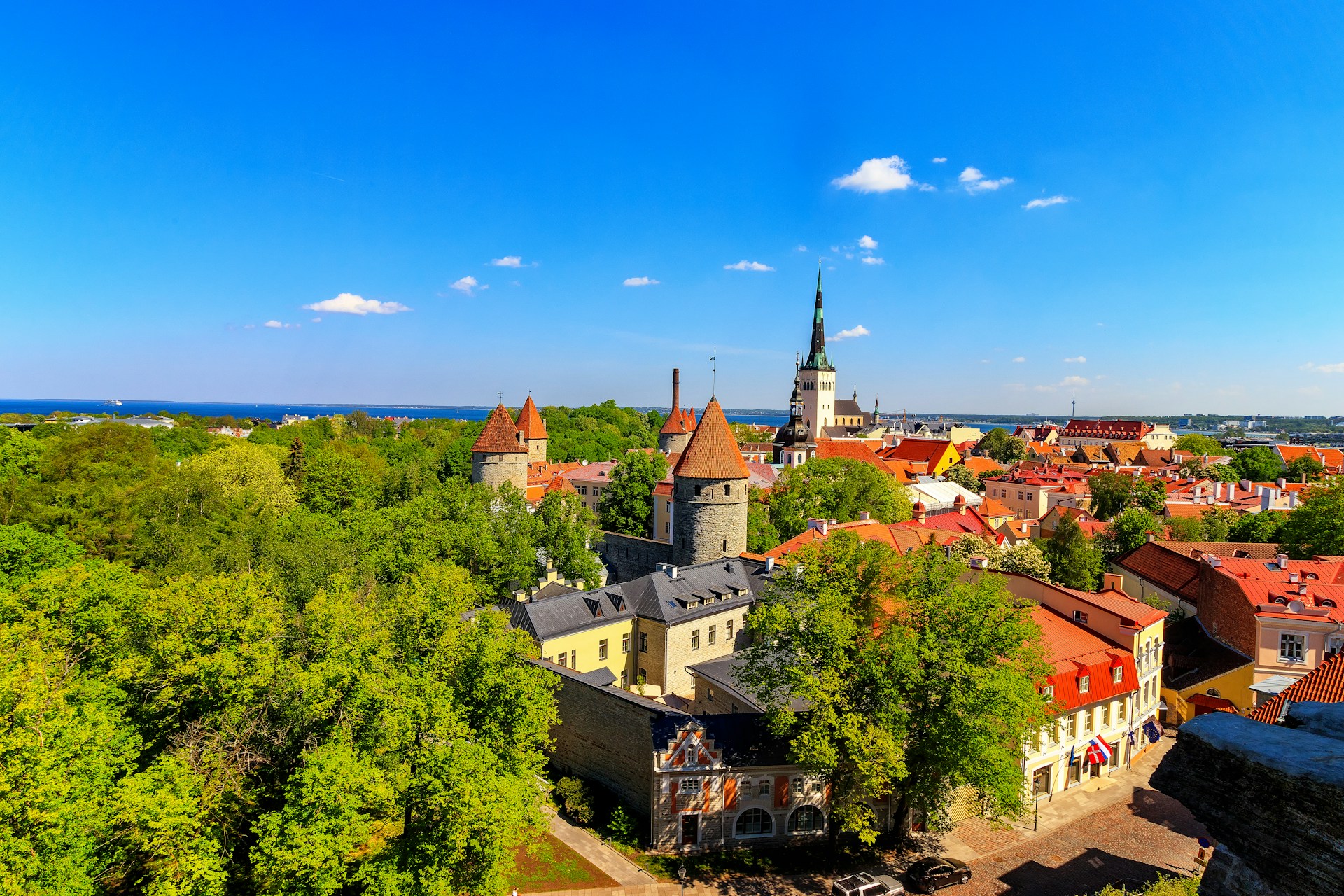Curiosity loves a locked door. Across the U.S., there are places that shape policy, protect species, or shield vital systems, yet remain off-limits to the public. The reasons vary: classified work, fragile environments, or infrastructure too critical to risk. What this really means is that some of the country’s most intriguing sites must be imagined from the fence line. The stories below explain why access stays closed and why it should, turning mystery into context and rumor into something closer to understanding.
Area 51, Nevada
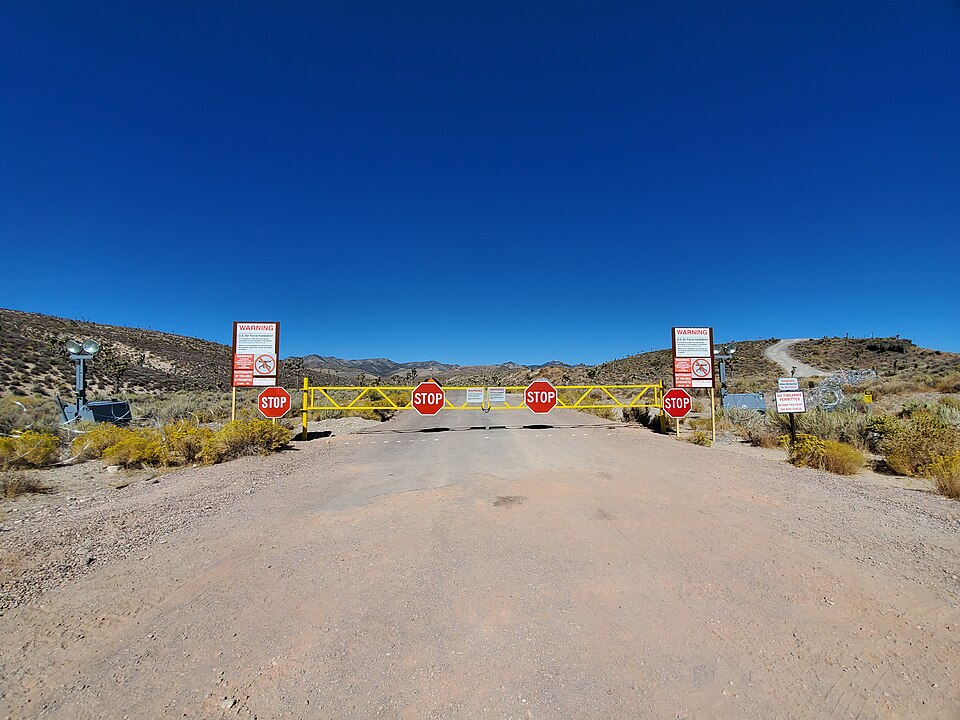
On maps it’s Groom Lake, a dry playa north of Las Vegas where the Air Force tests aircraft that won’t be public for years. No tours, no photography past the warning signs, and patrols that take the perimeter seriously. Prototypes and sensor trials demand quiet skies and controlled ground. The base became a magnet for myths precisely because it never answers back. What sits behind the ridges is less little green men and more the unglamorous work of flight testing, done without an audience for good reason.
Fort Knox Bullion Depository, Kentucky
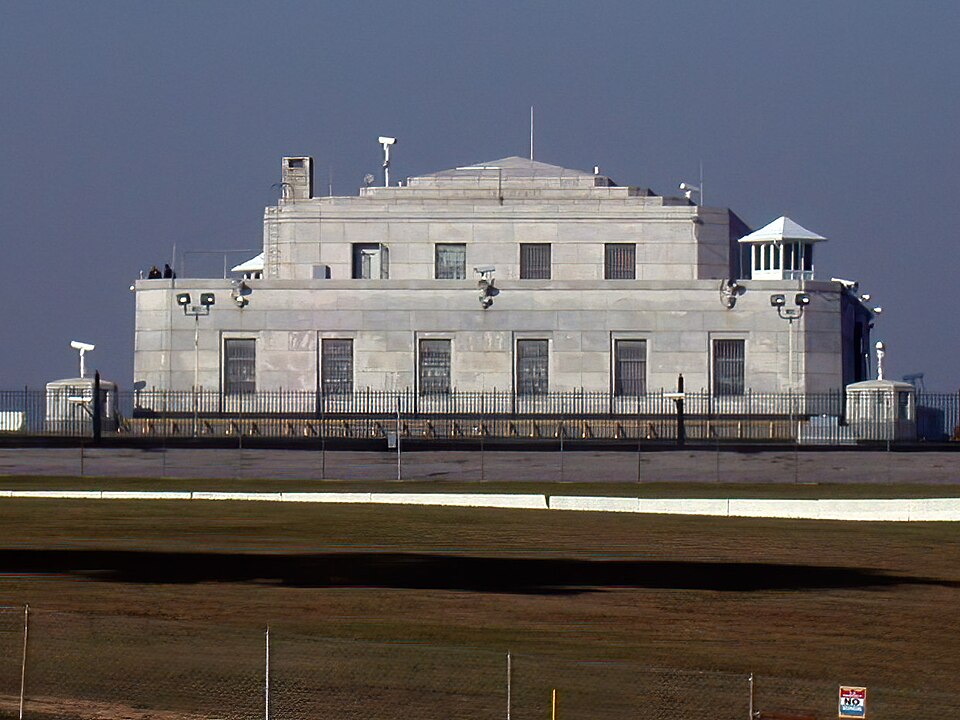
The squat granite vault beside the Army post guards a large share of the nation’s gold reserves. Since the 1940s, public access has been essentially zero, with only rare escorted visits for senior officials. Layers of concrete, steel, and procedure make curiosity pointless; the building exists to be boring and impenetrable. Tours would add risk and nothing useful. The depository’s value is not spectacle, it’s certainty, and certainty demands locks that never turn for tourists.
Mount Weather Emergency Operations Center, Virginia
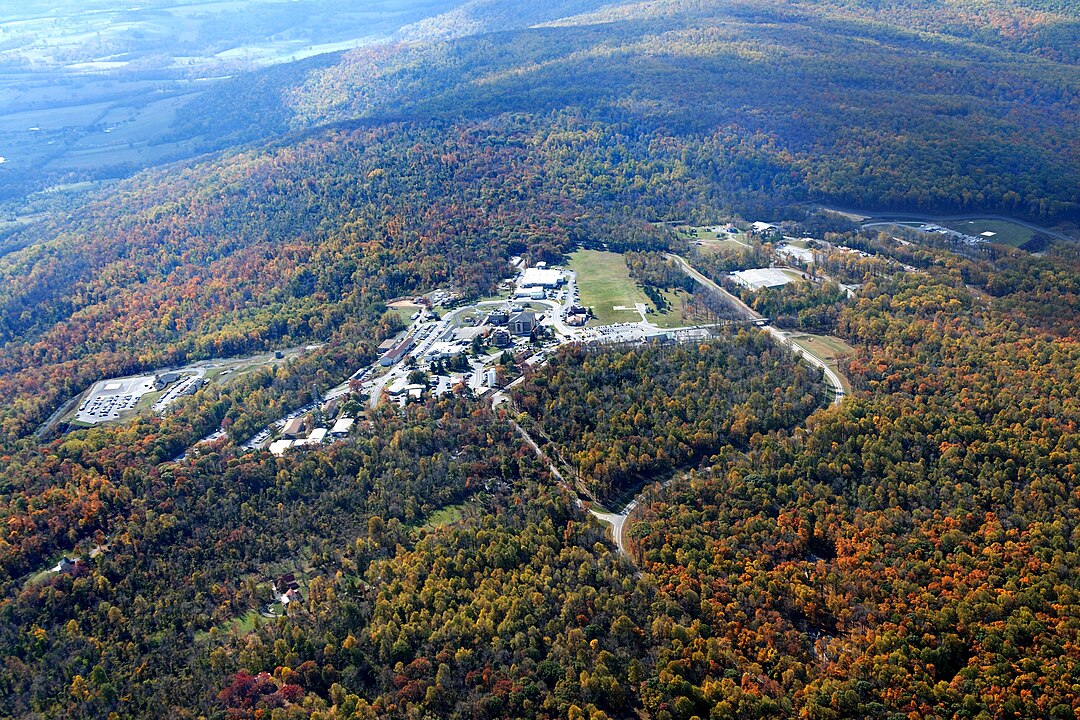
Hidden in the Blue Ridge, this facility coordinates federal response during major crises. Tunnels, communications nodes, and hardened spaces keep the government talking when everything else stumbles. Entry requires clearances and purpose, not postcards. The public sees the tree line, the fences, and the quiet, which is the point. In an emergency, staff need redundancy and focus, not crowds. The best compliment for Mount Weather is that most people never notice it working.
Raven Rock Mountain Complex (Site R), Pennsylvania–Maryland
Carved into a granite ridge near the state line, Raven Rock is the Pentagon’s backup brain if Washington goes dark. Corridors, command rooms, and its own utility systems live inside the mountain, supported by strict access rules and a deep security culture. Drivers pass anonymous gates; hikers meet closed trails and firm signs. The mission is continuity, which cannot share space with tourism. The fewer people who enter, the more likely it is to function when it’s needed most.
Cheyenne Mountain Complex, Colorado
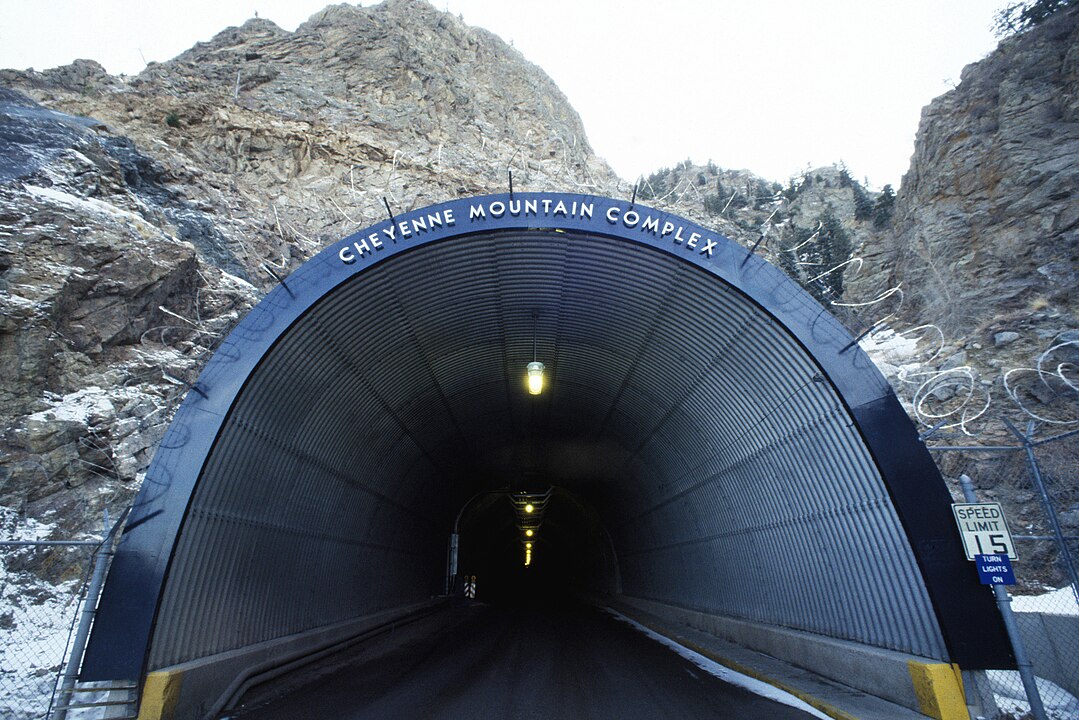
Once the image of Cold War vigilance, Cheyenne Mountain still houses NORAD operations and hardened infrastructure inside a web of tunnels and steel-sprung buildings. Public open houses ended long ago, replaced by a posture built on clearance lists and compartmentalized work. The mountain’s engineering remains astonishing, but its job is not to entertain. When satellites fail or storms scramble communications, the complex stays busy out of sight, which is exactly how its designers intended.
Plum Island Animal Disease Center, New York
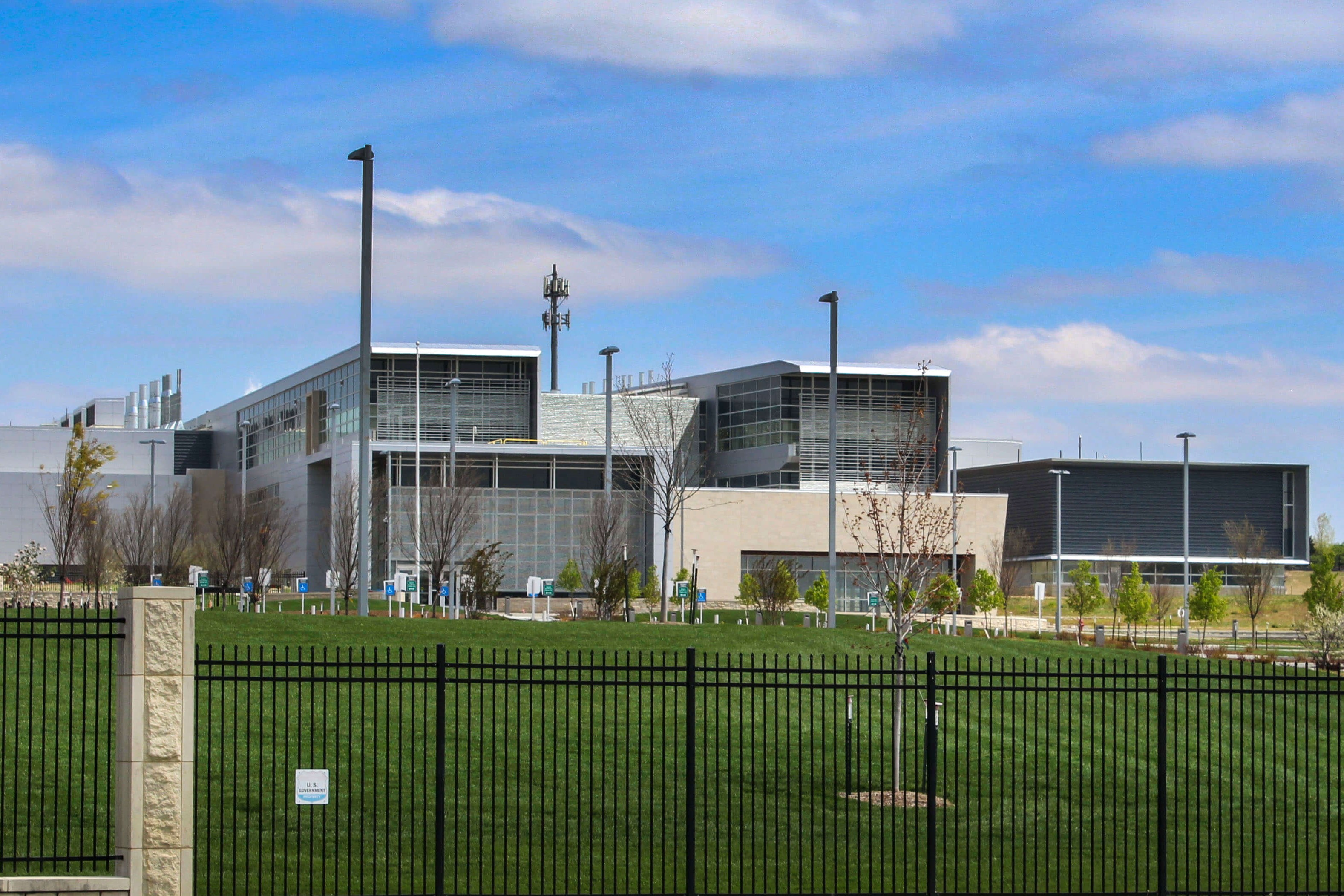
Off the tip of Long Island, this research site studied livestock pathogens for decades and kept its shoreline firmly closed to casual landings. Even as work shifts to a new lab on the mainland, the island remains controlled due to biosecurity protocols and sensitive facilities. Boaters see beaches and a lighthouse, then keep their distance. The stakes are agricultural health and food supply stability, so the rule is simple: no visitors. Any future reuse will start with caution, not curiosity.
Lechuguilla Cave, New Mexico
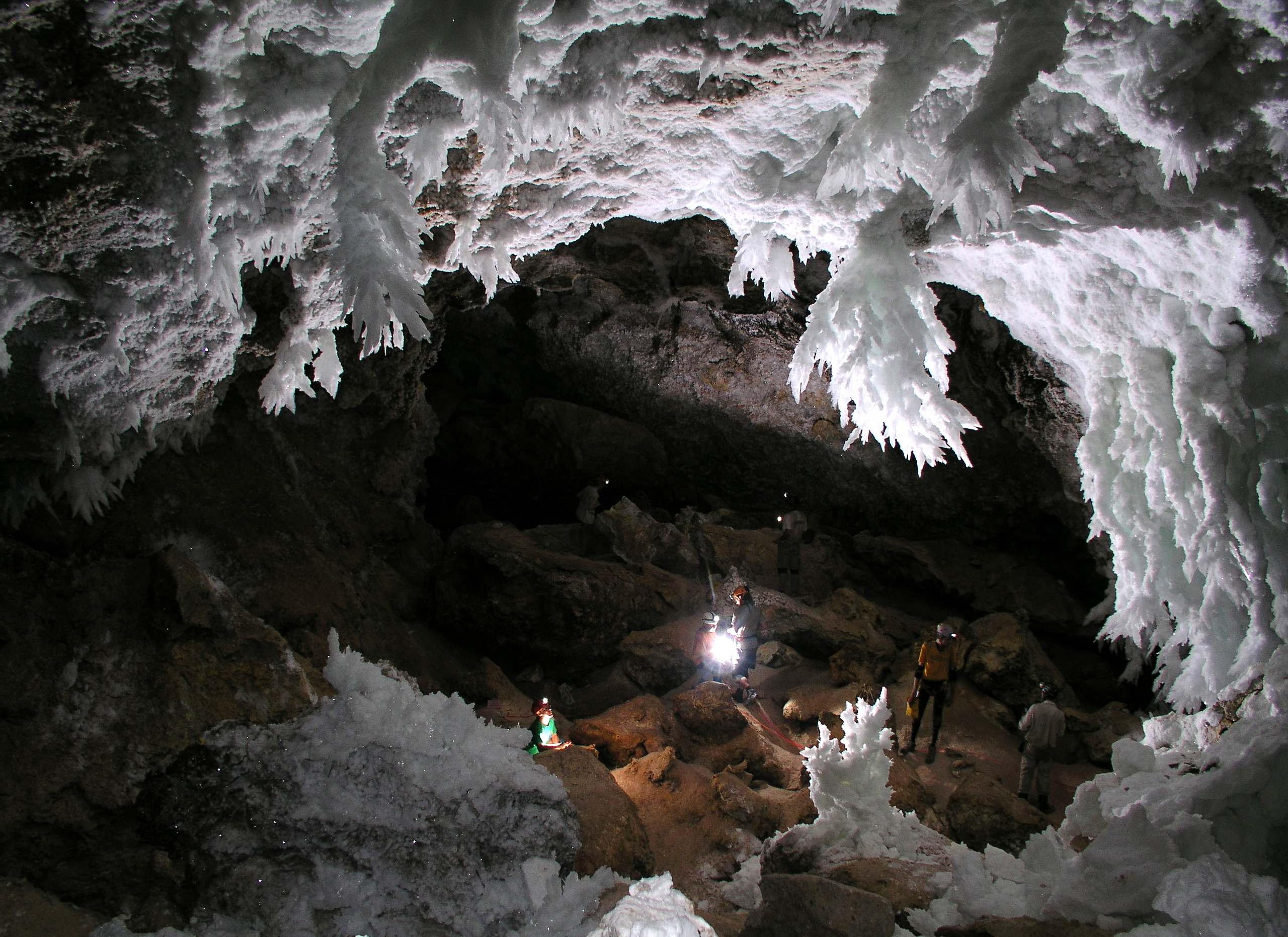
Beneath Carlsbad Caverns lies a labyrinth of crystals, pools, and delicate formations found only in the planet’s rarest caves. It is closed to tourism to protect geology and microbiology that cannot be replaced. Access is limited to scientists and highly vetted expeditions that minimize impact and document every step. The choice preserves a living laboratory where rock, water, and time still write slowly. The public trail remains the boundary here, and that boundary serves the cave.
Hall of Records, Mount Rushmore, South Dakota
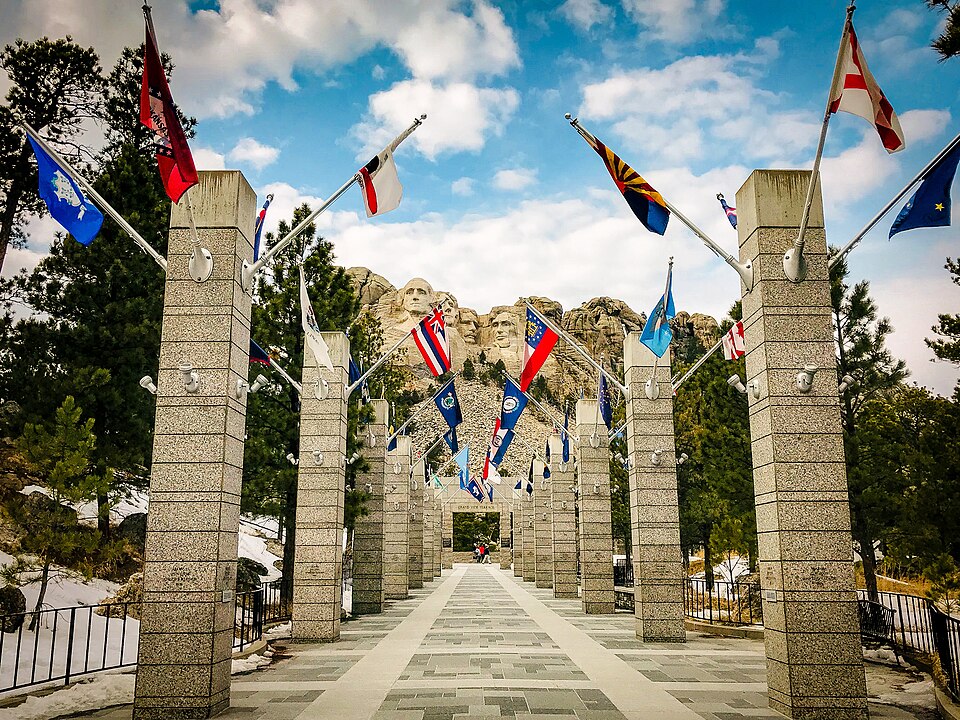
Behind the presidents’ heads sits a hidden chamber conceived as a time capsule for national documents. Rangers can reach it; tourists cannot. The ledges are steep, the granite unstable, and the sculpture’s integrity matters more than a selfie in a secret room. Panels inside explain the monument’s purpose to whoever reaches them years from now. The public view from the amphitheater and trails remains the intended experience, grand and safe without the risky climb.
Wake Island Airfield, Pacific
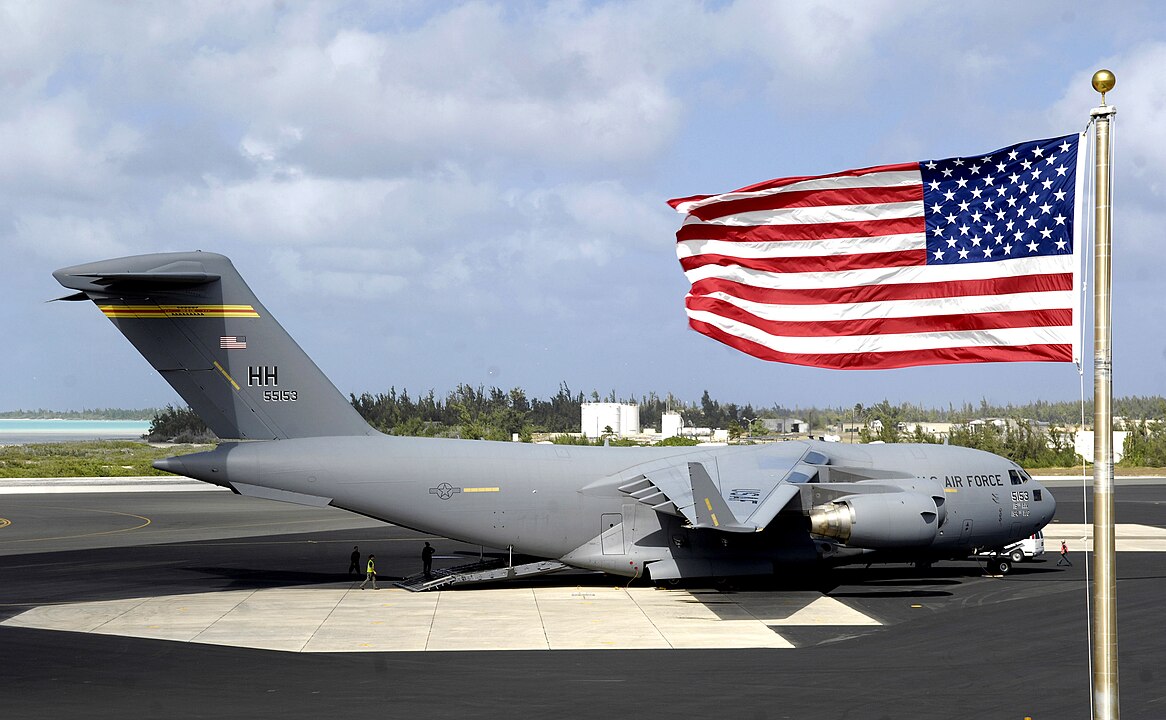
A tiny atoll west of Hawaii, Wake serves as a U.S. Air Force installation and strategic refueling point deep in the ocean. There is no ferry, no customs counter, no guest pass. Civilian arrivals happen only under contract or emergency. Runways, radar, and logistics keep the door closed by necessity. Its history spans war, aviation, and isolation, but the present is routine and restricted. For travelers, Wake lives on charts and dispatch logs, not itineraries.
CIA Headquarters, Langley, Virginia
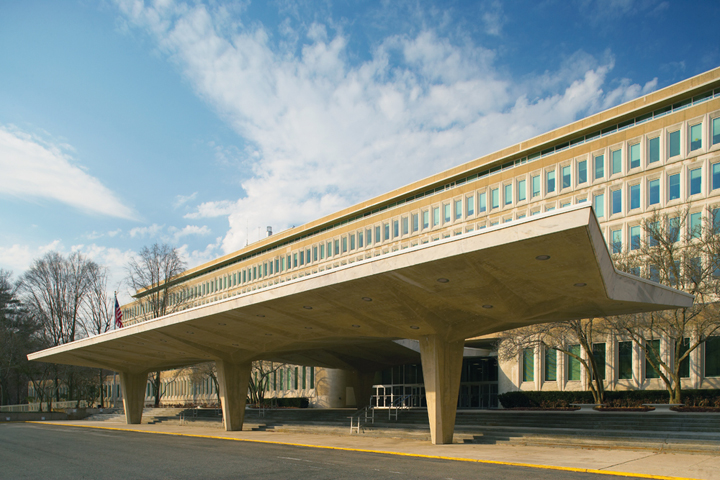
Beyond the gates is a museum, an artwork-filled corridor, and the offices that run clandestine operations. None of it accepts drop-ins. The agency publishes photos and history online, but the buildings themselves stay for employees and invited guests with clearances. Secrecy fuels mythology, yet the mundane truth is paperwork and analysis in a secure campus. The best view available is the sign on George Washington Memorial Parkway and the knowledge that the rest is intentional blank space.
Presidential Emergency Operations Center, Washington, D.C.

Under the White House sits a bunker meant to protect the executive and staff during the worst days. The space is off-limits to tours and cameras, its layout and systems deliberately vague in public records. When headlines hint at its use, doors close even tighter. The idea is continuity without spectacle, safety without a floor plan. Tourists enjoy the public rooms upstairs; the PEOC stays a rumor with a purpose, ready where no one can see it.
